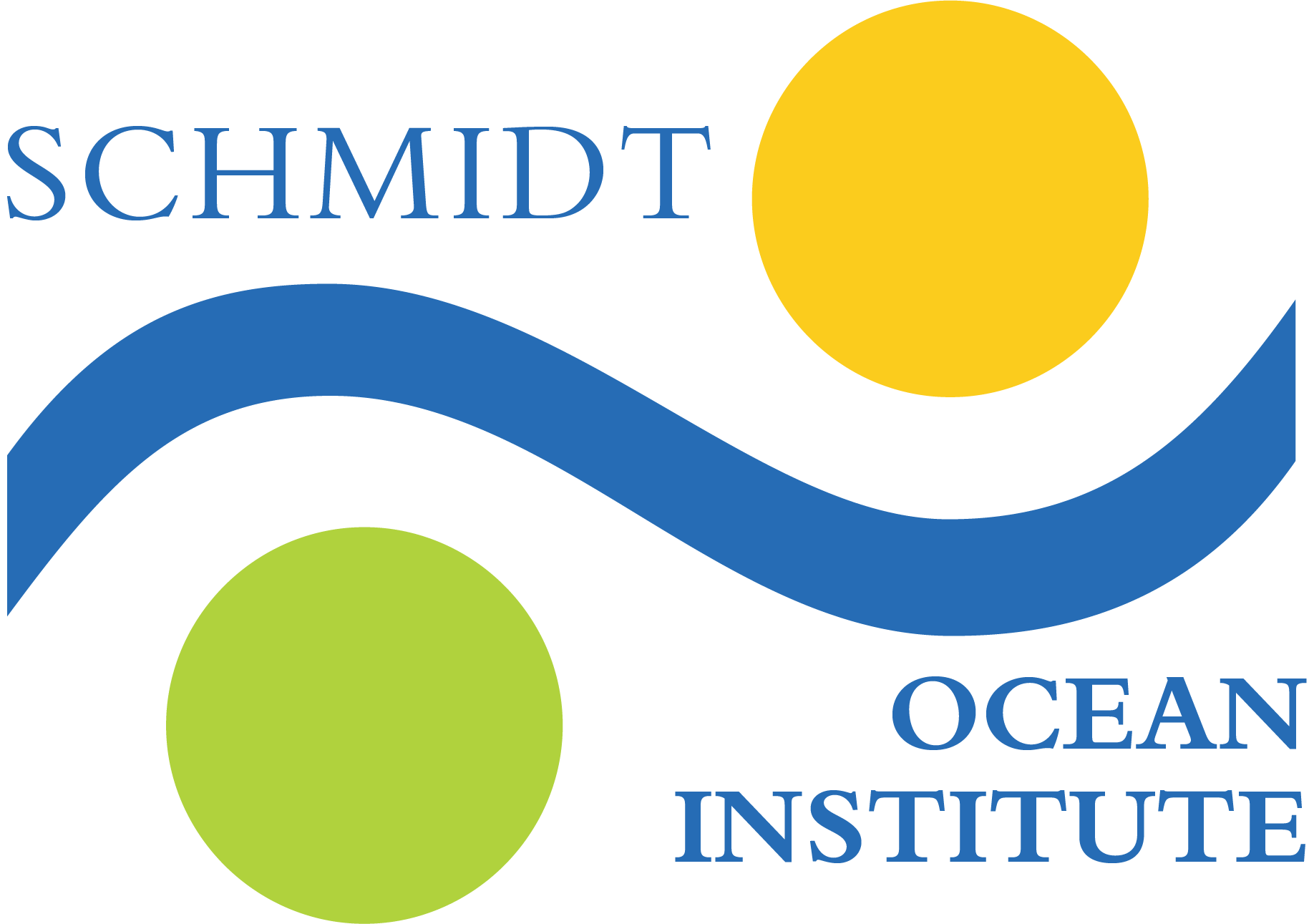Data Directory
This section will walk you through the Data Directory to aid you in locating specific datasets. All CruiseData aboard Falkor (too) follows the same organization and file structure and is standardized between cruises.
The Data Directory is shown below:
- Falkor_too
- Docs
- Processed
- Preliminary
- Processed_MB
- Sound_Speed_Files
- Final
- Final_MB
- Preliminary
- Raw
- {Sensor}
- ADCP
- ADCP_BKUP
- CTD
- EA440
- EK80
- EM124
- EM712
- OpenRVDAS
- POSMV
- Sealog
- XBT
- pH
- OpenVDM
- DashboardData
- Tracklines
- TransferLogs
- ParticipantData
- Vehicles
Docs
The Document folder contains all the calibration files for sensors on board R/V Falkor(too) and ROV SuBastian. The calibration files are organized by sensor and sensor location. Within each sensor folder is a brochure from the manufacturer detailing basic sensor information. When a sensor is swapped out during a cruise, this will be logged within Sealog-FKt and both calibration files will be present.
Processed
Any data that has gone through processing onboard is found in this folder. This is further separated by preliminary processing and final processing.
Preliminary Processing
Preliminary Processing are any data sets that have gone through some initial processing onboard that will need to be processed further off the ship. Any of the Qimera Multbeam projects during the cruise will live here.
Final
Final data sets are data sets that have been processed to completion onboard the ship. For the most part, this can include any finalized map data or any complete science party data sets.
Raw
All raw data from sensor systems on board and deployed are curated in this folder. They are separated out by sensor system. For sensors whose data is collected individually, they are listed in individual folders. Depending on which sensors are running during an individual expedition, a different set of folders will be available. A list of commonly seen folders is shown but {Sensor} represents an individual system. A variety of underway systems whose real-time data is captured by the RVDAS collection system are inside that particular folder.
OpenRVDAS
Files written by OpenRvdas are split into daily files and have the standard naming convention:
Each file should contain a header line with the variable name and unit. The rows of data are timestamped by OpenRVDAS on the arrival of the udp message and otherwise, the line of raw data is written as received. For more information on SOI’s OpenRVDAS configuration see the OpenRVDAS section in the Data Pipeline Overview.
For additional information on NMEA style messages which are captured via OpenRVDAS see the Appendix.
OpenVDM
These files are specific to the OpenVDM collection system.
Tracklines
Geospatial files of the vessel track created by OpenVDM are available here in kml and json format with a subset of points along the track from at least 1 navigation system.
Participant Data
Data added to the participant drive during the cruise is found here. When saving files and folders to the participant data directory, please use thoughtful filenames and omit spaces and punctuation other than hyphen and underscore, (i.e. exclude spaces, question marks, parenthesis, square and curly brackets from filenames as this can impact files being moved from system to system). Letters, numbers, and underscores are preferred for filenames. For more information on best practices see Best Practices for File Naming and Organizing
Vehicles
SuBastian
All data related to individual dives are separated into folders with the cruise identifier followed by the dive identifier:
- {cruiseid_diveid} ex: FKt230602_S0529
Inside of each folder are the video files, data files per sensor, and sealog exports per dive.
Sealog
Includes all screengrabs, reports, dive template configuration, and the csv and json files of all of the events.
Exports from Sealog SuBastain are further described in Sealog SuBastian Overview. Of most interest for scientists is likely the complete csv export of tagged information, {cruiseid_diveid}_sealogExport.csv,( ex: FKt230602_S0540_sealogExport.csv)
Images folder contains all snapshots from Sealog for all cameras.
Reports folder contains the summary and vehicle report which is created at the end of the dive and summarizes key events into one PDF for scientist’s reference.
Exports folder contains all of the files added to the Sealog Sub Dive by the Marine Technicians. This may include dive plans, porch layouts, waypoint files, etc.
Video
Video files captured from cameras aboard ROV SuBastian are saved in 10 min increments and separated by camera. Inside the subfolders, each video is of the filename {camera}_{YYYYMMDDTHHMMSSZ}.mov where the camera is one of HDQUAD, SDQUAD, SCIITOO, SCICAM, and the datestamp is the start time of the file in UTC.
- SCICAM is the main science camera and likely the one of interest to scientists. The data distribution will contian either SCICAM or SCITOO. These are from the same camera.
- SITCAM is the second highest resolution camera on the ROV and can often show a slightly different perspective than the SCICAM. This camera is for pilot use to aid in flying the ROV, but the video footage is available to the science party.
- HD and SD Quads are extra, lower resolution cameras that are positioned on the ROV. Some of these cameras have dedicated positioning to aid the ROV team and others can be moved on a cruise to cruise basis to support science objectives. These cameras can be requested to be part of the science data package.
OpenRVDAS
OpenRVDAS files within a dive folder capture real-time sensor data from the ROV. These files are also available in the parent OpenRVDAS folder in Falkor(too) Raw, however these files are clipped to contain data only from the specific ROV dive. The dive files here are separated by sensor and dive.
